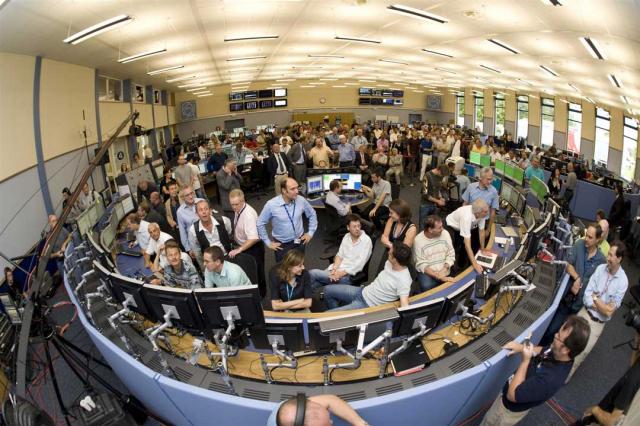The Large Hadron Collider
The LHC is the largest machine in the world. It took thousands of scientists, engineers and technicians decades to plan and build, and it continues to operate at the very boundaries of scientific knowledge.
Background

Published
True
